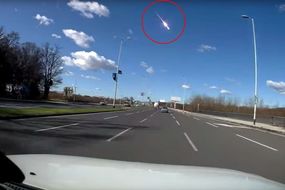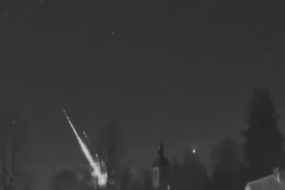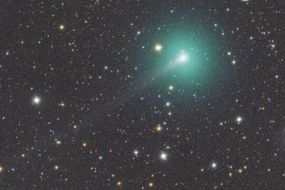Asteroid news: A 4KM rock will zip past Earth this month – astronomers can already see it – Express.co.uk
AN ASTEROID large enough to be dubbed “potentially hazardous” by NASA has been photographed speeding its way Earthwards.
The NASA-tracked Asteroid 52768 (1998 OR2) is racing around the solar system on a path that has been dubbed an “Earth-close approach”. But the asteroid does not pose any threat to Earth and instead, its flyby promises to be a great opportunity for astronomers to examine the space rock close-up in space terms.
The asteroid will zip past our planet on April 29, coming within 3.9 million miles (6.29 million km).
According to astrophysicist Gianluca Masi, head of the Virtual Telescope Project, the asteroid will be probably bright enough on the night of the flyby to be seen through even basic telescopes and binoculars.
Dr Masi told Express.co.uk he snapped a photo of the space rock on April 18, from the Virtual Telescope’s facilities in Ceccano, Italy.
The striking image was taken when the asteroid was about 10 million miles (16.1 million km) from Earth.
READ MORE: A solar storm could cause a blackout – are you affected?
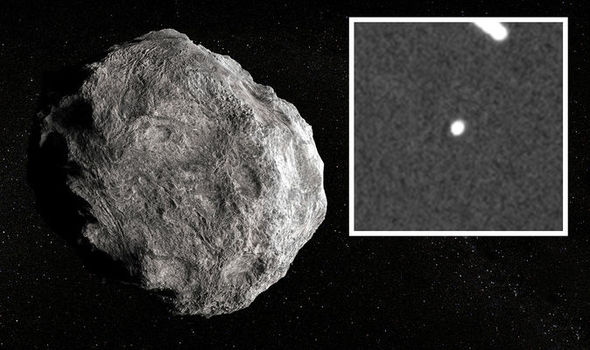
Asteroid news: A 4km asteroid was spotted millions of miles from Earth (Image: GIANLUCA MASI/GETTY)
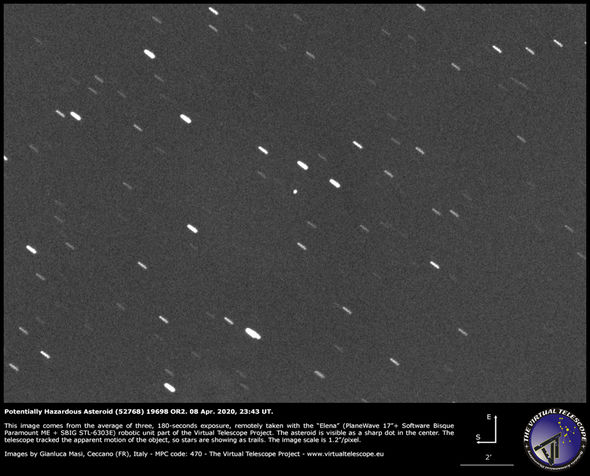
Asteroid news: Gianluca Masi took this photo from Ceccano in Italy (Image: GIANLUCA MASI)
READ MORE
-
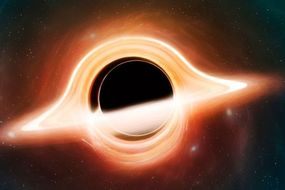
Black hole shock: Scientists baffled by supermassive black hole sizes
The image is the average of three 1,800-second exposures taken with a 17-inch telescope.
Dr Masi said on his website: “The asteroid is in the centre of the image, visible a sharp dot of light.
“The telescope tracked the apparent motion of 1998 OR2.
When we imaged it, asteroid 1998 OR2 was at about 16.1 millions of kilometres from us.
“This 1.8 to 4.1km large asteroid will come as close as 6.3 millions of km from us next April 29 – more than 16 times the average lunar distance: it will not hit us – becoming bright enough to be seen with modest optical equipment.”
Dr Masi will track and stream online the asteroid on the night of the flyby.
A ‘close’ passage astronomically can be very far away in human terms
When asteroids and comets fly around the solar system, they often enter Earth’s cosmic neighbourhood and sometimes cross Earth’s orbit.
If a space rock comes within 1.3 astronomical units of the Sun, astronomers consider it to be a near-Earth object (NEO).
A single astronomical unit is the average distance from our planet to the Sun – about 93 million miles (149.6 million).
DON’T MISS
Fireball so bright it is seen during DAYTIME [VIDEO]
Fireball EXPLODES over the English Channel [INSIGHT]
Did the coronavirus arrive on a meteor? [INSIGHT]
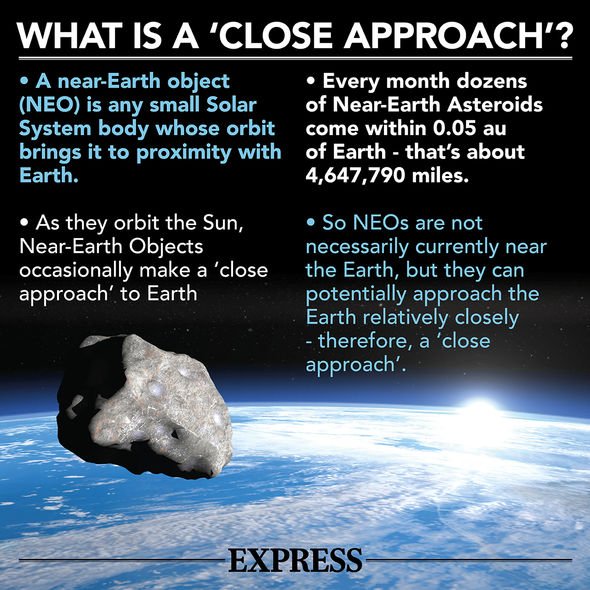
Asteroid news: Space rocks sometimes make ‘close approaches’ from very far distances (Image: EXPRESS)
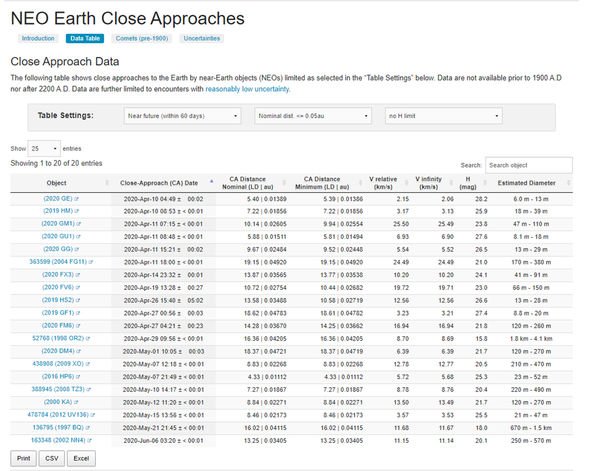
Asteroid news: The space rock is not pose any danger to Earth whatsoever (Image: NASA)
READ MORE
-
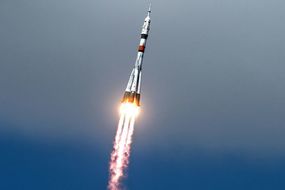
NASA news: Space agency shares spectacular image of latest launch
NASA said: “As they orbit the Sun, NEOs can occasionally approach close to Earth.
“Note that a ‘close’ passage astronomically can be very far away in human terms: millions or even tens of millions of kilometres.”
Approximately 99 percent of all known NEOs are asteroids.
NASA has also identified Asteroid OR2 as potentially hazardous due to its sheer size.
The space agency estimates the rock measures somewhere between 1.1 miles and 2.54 miles (1.8km and 4.1km) across.
NASA said: “A relatively small number of near-Earth objects pass close enough to Earth and are large enough in size to warrant close observation.
“That’s because the gravitational tug of the planets could, over time, cause an object’s orbital path to evolve into an Earth-crossing orbit.
“This allows for the possibility of a future collision.”
Asteroid OR2, however, does not pose any threat to Earth and astronomers have studied its orbit since 1998.
In 2011, the asteroid made a close approach to Jupiter.

